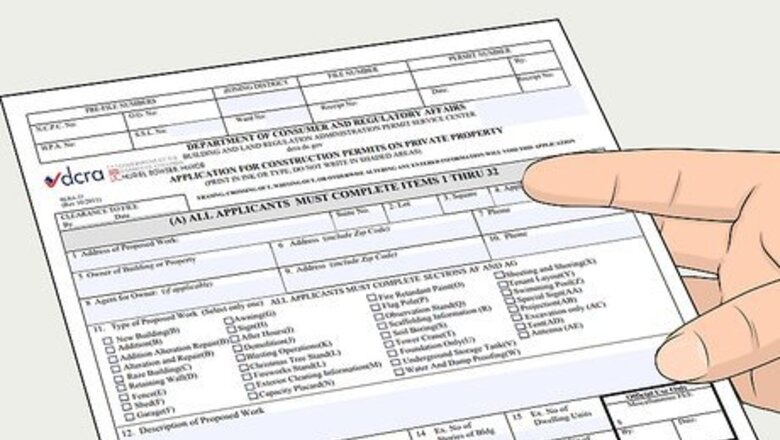
views
Protecting You and Your Home
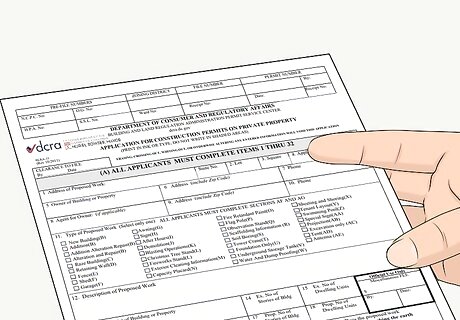
Get a building permit if it’s required by your city. Many times, you’ll need a building permit when you do major renovations on your home. Reach out to your city’s zoning department and ask them if you need a building permit for your project. If they require one, fill out the application and give them information about the full scope of your project. If your building permit goes through, you can start your demolition. The average building permit usually costs around $1,000 USD, but it may vary depending on the size and location of your fireplace. You may need to have inspections from the city during your renovation to ensure that you’re following your plan. If you start your demolition without a building permit, you may receive several fines or jail time.
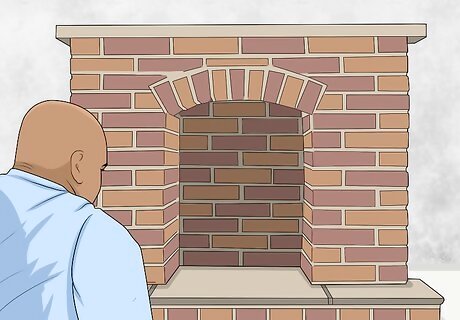
Call a home inspector to check if the brick extends up to the chimney. Some brick fireplaces extend all the way up to the chimney while others only have a brick firebox, which is the main area where you build the fire. Reach out to a home inspector and have them look at your home before you begin your demolition. If the inspector finds that the brick extends up through your home, then you need to start demolition on your roof with the chimney. If only the firebox is made of brick, then you can start demolition in the same room your fireplace is in. A home inspector usually costs somewhere around $300–400 USD. Don’t start your demolition until an inspector looks at your home. There may be other concerns or problems that they may point out before you start working.
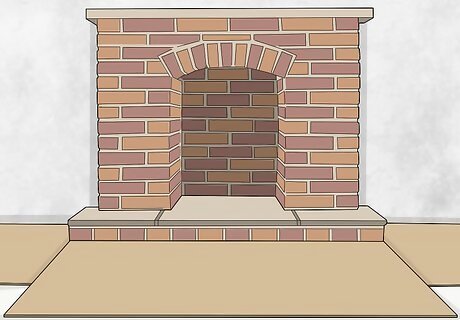
Protect the floor around the base of your fireplace with plywood. If the bricks fall onto your floor, they could leave dents, scratches, or other damage. Get a piece of plywood that’s ⁄4–⁄2 inch (0.64–1.27 cm) thick and extends about 3–4 feet (91–122 cm) out from your fireplace. Surround your entire fireplace with the plywood for the entirety of your work so you don’t need to worry about your flooring. You can use pieces of scrap plywood if you have some. Ask the employees where you bought the plywood to cut it to size for you if you don’t have the tools at home.
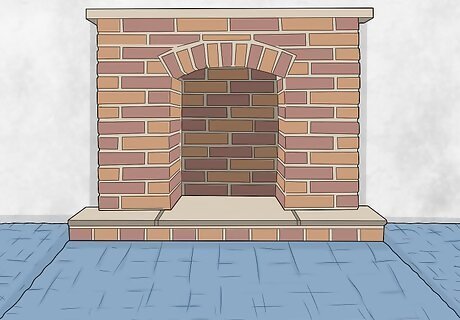
Spread tarps over your floors to catch any dust or debris. Get enough tarps to cover the entire area of the room with your fireplace and lay them flat on the ground. Make sure the tarps don’t bunch up or have wrinkles in them since they could cause a trip hazard. Overlap each tarp by about 6 inches (15 cm) before taping them together with duct tape so dust can’t get underneath them. You can buy tarps from your local home improvement or hardware store. Put tarps over the plywood so it’s easier to clean and remove later on.Tip: You may also want to lay tarps down on walkways that you’ll be using throughout your home so you don’t spread dust anywhere else.
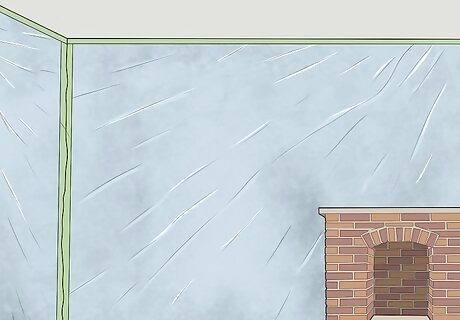
Seal the area around the fireplace with floor to ceiling plastic sheeting. Measure the height of the room where you’re removing the fireplace so you know how long your sheeting needs to be. Use duct tape to secure the sheeting to your ceiling and stretch the sheets down to your floor. Tape the sheet along your floor so dust can’t get underneath it. Overlap other plastic sheets by 6 inches (15 cm) and tape them together to make a perfect seal. Make sure any vents and doorways are also covered by the plastic sheeting so you don’t circulate dust throughout your home. Leave a window open in your work area if you’re able so dust can filter out from your home.

Wear a respirator, safety glasses, and work gloves when you remove bricks. Cutting through bricks and mortar can create a lot of dust that can be harmful to breathe or cause eye irritation. Get safety glasses that completely cover your eyes and a respirator that goes over your nose and mouth to stay protected. Since the bricks may be sharp after you cut them, put on thick work gloves so you can handle the brick pieces without the risk of cutting yourself. You can buy a respirator and safety glasses from your local hardware store. Choose work clothes that you don’t mind getting dirty since you’ll get covered in dust while you’re working.
Removing the Chimney
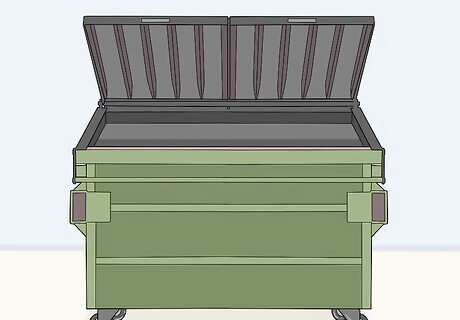
Rent a dumpster so you can easily get rid of the bricks. Look online for construction dumpster rentals in your area so you can easily throw away any scrap material from your fireplace and chimney. When the dumpster arrives, ask the company to drop it as close to your fireplace as you’re able, or else you’ll have to transport the debris further. As you tear down your chimney and fireplace, put any broken bricks or scraps in the dumpster so it can be taken off your property when you’re finished. The cost of the dumpster rental depends on your location and how long your demolition takes, but they usually cost around $500 USD per week. Some companies will charge extra depending on the weight of the dumpster when you’re finished.
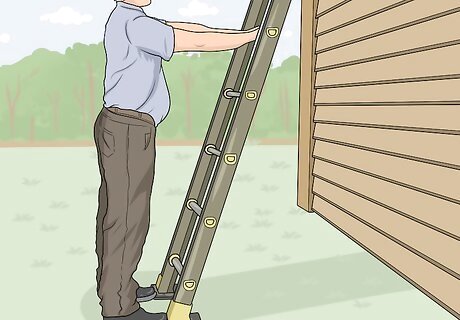
Climb onto your roof so you can access the chimney. Place a ladder against the side of your home closest to the chimney and carefully climb to your roof. Maintain 3 points of contact with the ladder as you climb so you’re less likely to slip and fall. When you get to the top of your ladder, slowly get onto your roof and approach your chimney so you can start working. Keep your tools in a tool belt or a bucket while you’re climbing the ladder to keep your hands free. If you don’t feel comfortable getting on your roof, hire a contractor to remove your chimney instead. You can still remove the rest of the fireplace yourself once they take out the chimney. You do not need to remove your chimney if the fireplace bricks don’t extend all the way up through your home.
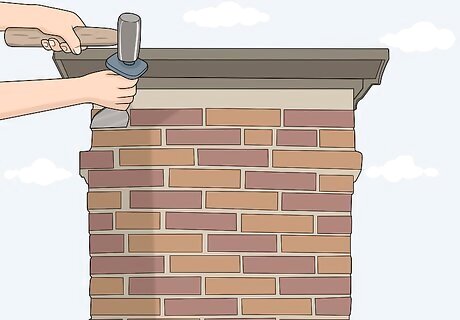
Chisel the mortar around the bricks to remove them individually. Start on the top layer of bricks and work your way down toward the base of your chimney. Place the blade of the chisel on the mortar between the bricks and tap the end of the handle with a hammer. Continue hitting the chisel until you remove as much mortar as you can. Once all of the mortar around the brick is loose, the brick will easily come off your chimney. Throw the brick down into the dumpster below you once you get it off your chimney. Avoid using power tools or a sledgehammer when you remove your chimney since you could lose your balance and fall off of your roof. Ask a helper to assist you so you can remove the chimney faster.Tip: If you want to try saving the bricks, you can put them in a large bucket and slowly lower them down to the ground with a rope. Have a helper on the ground unload and stack the bricks for you.
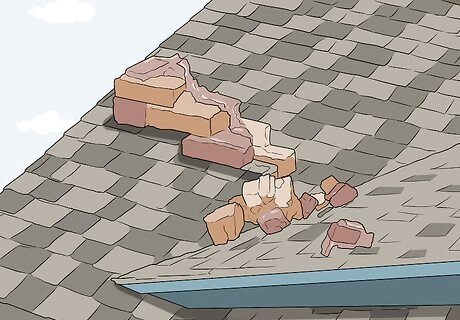
Break all of the bricks so the chimney is below the roofline. Continue removing the bricks layer by layer around your chimney, working your way closer to your roof. As you approach the roofline, take care not to damage any of the existing shingles or roofing material, or else you’ll need to replace them. Keep tearing your chimney down from the roof until you can’t easily reach them anymore. Chiseling bricks can be a lot of hard work, so take frequent breaks so you can rest and rehydrate.
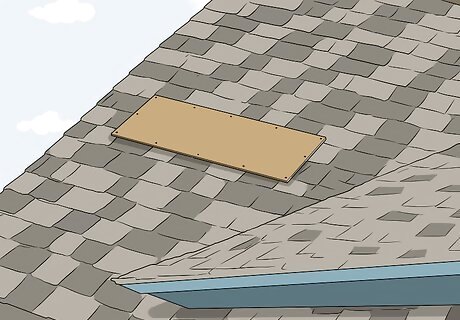
Cover the hole in your roof with outdoor-treated plywood. Get a piece of ⁄4–⁄2 in (0.64–1.27 cm) plywood that’s moisture proof and cut it down to the size of the hole in your roof. Place the piece of plywood over the hole to make sure it fits perfectly and lays flush with the rest of your roof. Nail or screw the plywood to the other boards on your roof to secure it in place. If the plywood falls through the hole, install a 1 in × 3 in (2.5 cm × 7.6 cm) board between the trusses in your attic to use as a horizontal brace to support the plywood. You can leave the hole in your roof open if you want. That way, your attic will stay ventilated while you’re still removing bricks from your chimney. Ask the employees to cut the plywood for you if you don’t have a saw to use.
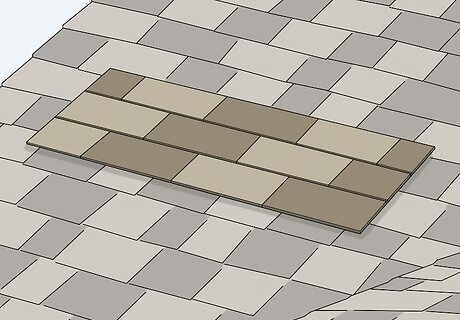
Put roofing material over the patched area of your roof. Use shingles or tiles that are the same or match the rest of your roof to cover the patch. Put down a layer of waterproofing first, such as tar paper, before you put on your roofing material so your roof doesn’t leak later on. Use a hammer and nails to secure the shingles or tiles to the patch in your roof. Make sure the material lays flush with the rest of your roof so it doesn’t look out of place. You may have some roofing material leftover from when you first had your roof done. If not, you can buy new roofing material from and outdoor care or home improvement store. The new roofing material may be slightly discolored from the rest of your roof depending on the age of the rest of your roof.
Tearing out the Fireplace
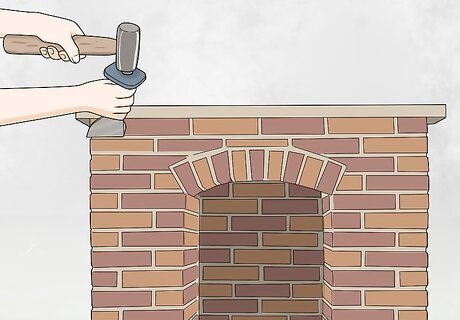
Chisel the bricks starting from their highest point inside your home. If you had to remove your chimney, then continue working down from your attic to the main room with your fireplace. If you didn’t have to remove the chimney, start at the highest exposed bricks in your firebox. Place the chisel against the mortar between the bricks and hit the handle with a hammer to break the pieces off. Stack or throw the bricks into a wheelbarrow as you remove them. If your fireplace is on an exterior wall and has exposed brick on the exterior, then you can continue working from outside. You may need to stand on a ladder or step ladder depending on the height of your fireplace.
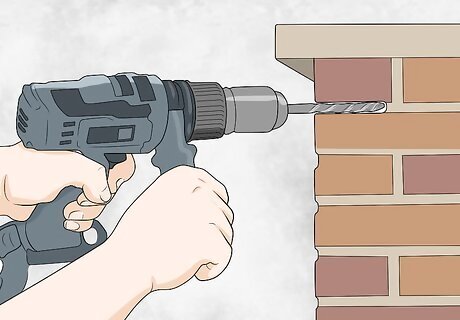
Try a rotary hammer to cut through mortar faster and save the bricks. A rotary hammer has a chisel-like bit that moves up and down quickly so it can cut through masonry faster. Put in earplugs since rotary hammers can be very loud. Hold the rotary hammer with 2 hands and place the bit against the mortar between bricks. Turn the tool on and press into the mortar so it can chip the pieces away. You can buy a rotary hammer from a home improvement or hardware store. Ask if you’re able to rent equipment if you don’t want to buy it. Make sure you’re wearing your respirator, safety glasses, and gloves while you’re using a rotary hammer since it creates a lot of dust and sharp pieces. Always use caution while working with power tools so you don’t hurt yourself. You usually will not be able to save the bricks you cut out with a rotary hammer.
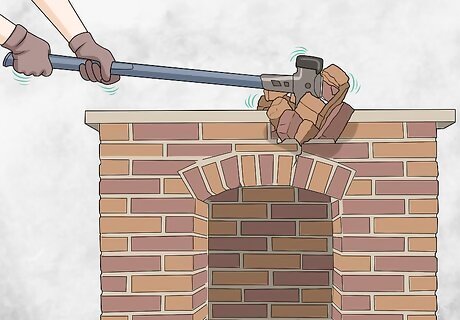
Use a sledgehammer if you want to break bricks along the hearth. The hearth is the area of your floor that extends out from your fireplace to prevent fire from spreading. Hold the sledgehammer tightly with both hands and swing it over your head. Try to hit the same spot on your bricks multiple times to break them apart more easily. Continue moving along the hearth and breaking bricks until you can scoop out all of the pieces with a shovel. Watch out for sharp pieces of brick while you’re using a sledgehammer since they could fly up and hit you. Take frequent breaks while using a sledgehammer since it can be very tiring.Warning Be mindful of where other people or objects are located so you don’t hit them when you’re swinging the sledgehammer.
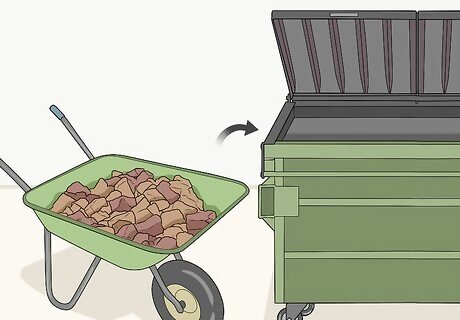
Transfer bricks to the dumpster with a wheelbarrow. Put any bricks that you remove or break into a wheelbarrow so you transport them easily. Make sure the wheelbarrow doesn’t get too heavy for you to move without losing your balance. Guide the full wheelbarrow to the dumpster and pour out the bricks and debris. You will need to make multiple trips with your wheelbarrow throughout the demolition. If you want to try saving individual bricks, stack them neatly in your wheelbarrow and start a pile somewhere outside your home. It will take longer to save and stack the bricks, but they may come in handy for later projects.
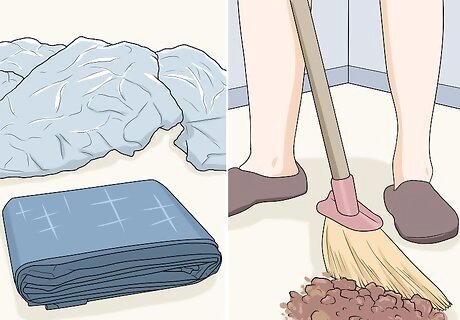
Clean your home thoroughly to get rid of debris and dust. Once you’re finished with your demolition, slowly take the tape off the plastic sheeting on the ceiling and fold it down onto your tarps. Carefully wrap the tarps from the corners toward the center so you’re less likely to spread dust throughout your home. Throw the tarps and plastic sheeting away before you sweep, vacuum, or dust your room to get rid of any debris that’s still left over.
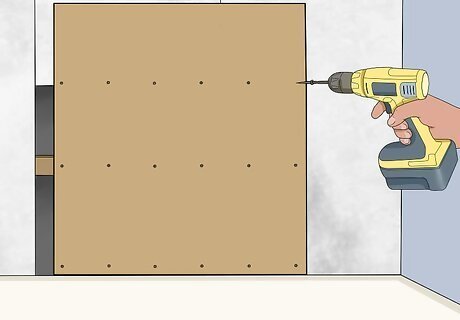
Build a new wall if you want one in the fireplace’s old location. If your fireplace and chimney were on an exterior wall, then your room will now have a big hole in the wall. Measure the size of the hole with a tape measure and put in vertical 2 in × 4 in (5.1 cm × 10.2 cm) studs so they’re evenly spaced. Cover any exterior facing walls with outdoor-treated plywood and waterproofing before putting on new siding. Attach drywall to the inside of the wall frame so you can finish it how you like. You don’t need to build a new wall in place of your fireplace if it was on an interior wall. Add insulation to your walls if you want to make your home more efficient.











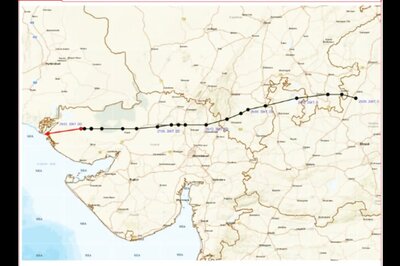







Comments
0 comment